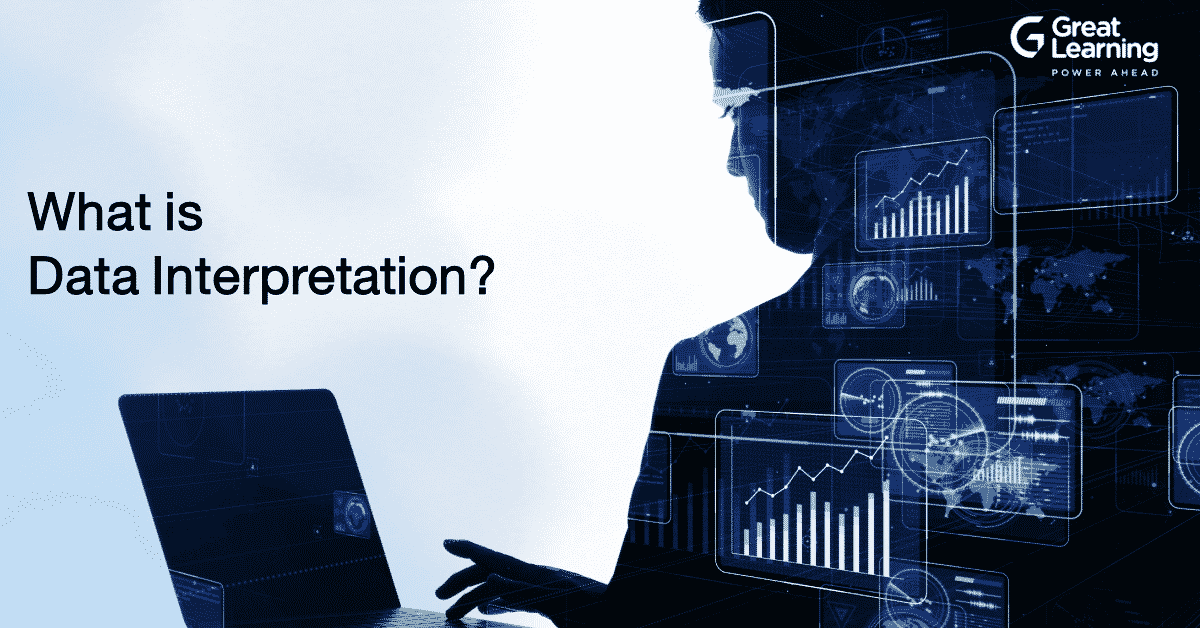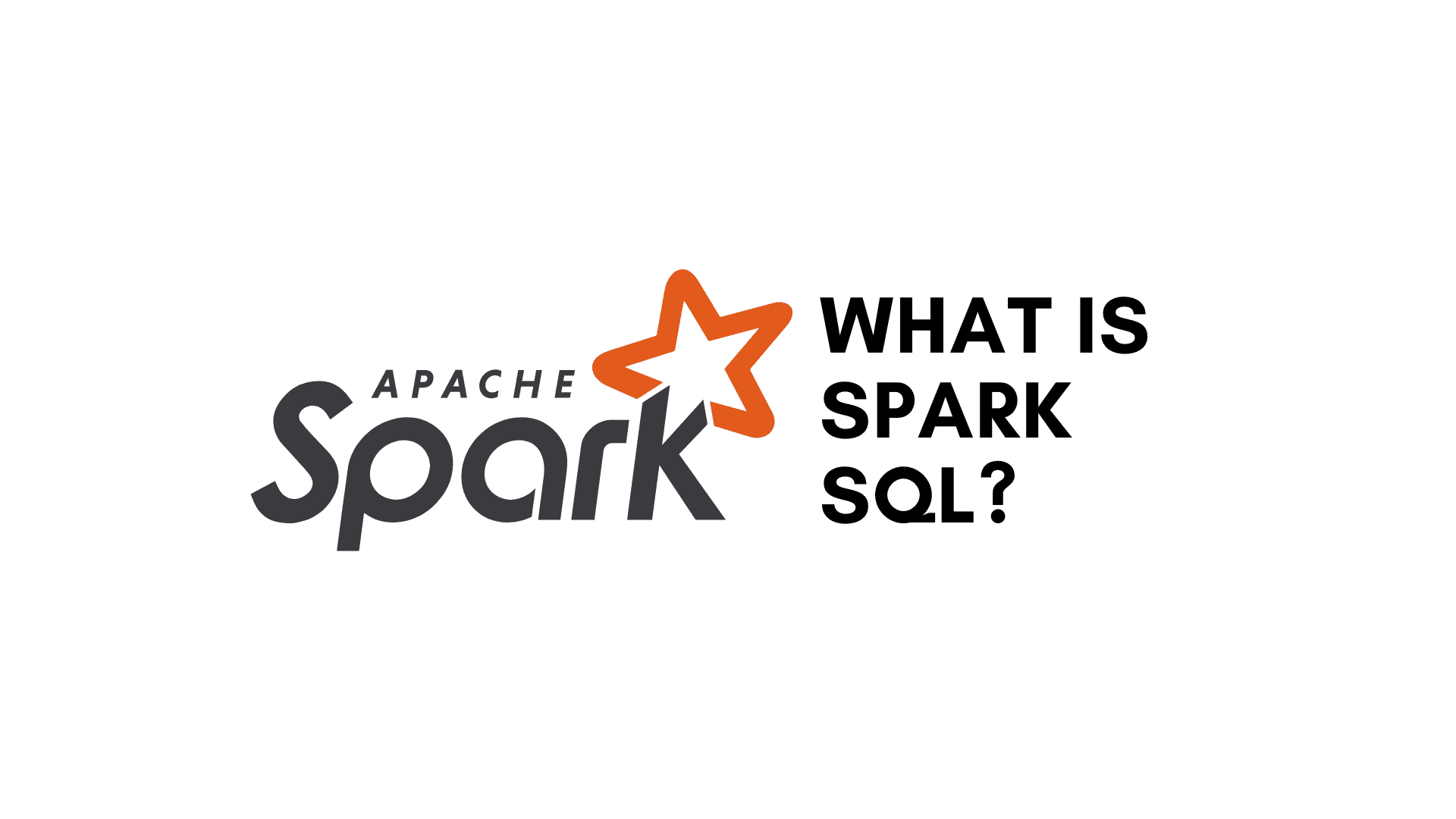What is data interpretation?
Data interpretation is the process of reviewing data and drawing meaningful conclusions using a variety of analytical approaches. Data interpretation aids researchers in categorizing, manipulating, and summarising data in order to make sound business decisions. The end goal for a data interpretation project is to develop a good marketing strategy or to expand its client user base. Take up a free online data interpretation course and learn more to enhance your career.
There are certain steps followed to conduct data interpretation:
- Putting together the data you’ll need( neglecting irrelevant data)
- Developing the initial research or identifying the most important inputs;
- Sorting and filtering of data.
- Forming conclusions on the data.
- Developing recommendations or practical solutions.
People should really be aware of the various problems in this procedure in order to interpret data correctly. When two things happen at the same time, it does not mean that one of them caused the other.
Finally, data interpretation aids in the improvement of processes and the identification of issues. Without at least some data gathering and analysis, it is difficult to expand and make consistent changes.
Importance of data interpretation
The following are some of the advantages of data interpretation in the business world, the medical sector, and the financial industry:
Informed decision making
To take action and adopt new processes, the management board must evaluate the data. This underlines the need for well-evaluated data and a well-organized data collecting method. A choice is only as good as the information that went into making it. Industry leaders that make data-driven decisions have the opportunity to differentiate themselves apart from the competition. Only when a problem is recognized and a goal has been established will the most decisive steps be taken. Identification, thesis formulation, data collecting, and data communication should all be part of the data analysis process.
Identifying trends and anticipating demands
Users may employ data analysis to gain useful insights that they can use to foresee trends. It would be based on the expectations of the customers. When industry trends are detected, they may be used to benefit the whole industry.
For Example; people are more concerned about their health post covid, hence people are more likely to buy an insurance policy. The fundamental datasets for data analysis, data cycle of collection, evaluation, decision-making and monitoring should be followed by all next-gen companies.
Cost efficiency
Many business experts do not consider data interpretation to be an expenditure, despite the fact that many organisations invest money in it. Instead, this investment will assist you in lowering expenses and increasing the efficiency of your company.
Types of data interpretation
The purpose of data interpretation is to assist individuals in understanding numerical data that has been gathered, evaluated, and presented.
Qualitative data Interpretation
To evaluate qualitative data, also known as categorical data, the qualitative data interpretation approach is utilized. Words, instead of numbers or patterns, are used to describe data in this technique. Unlike quantitative data, which can be studied immediately after collecting and sorting it, qualitative data must first be converted into numbers before being analyzed. This is due to the fact that analyzing texts in their original condition is frequently time-consuming and results in a high number of mistakes. The analyst’s coding should also be defined so that it may be reused and evaluated by others.
Observations: a description of the behavioral patterns seen in a group of people. The length of time spent on an activity, the sort of activity, and the form of communication used might all be examples of these patterns.
Groups of people: To develop a collaborative discussion about a study issue, group people and ask them pertinent questions.
Research: Similar to how patterns of behavior may be noticed, different forms of documentation resources can be classified and split into categories based on the type of information they include.
Interviews are one of the most effective ways to get narrative data. Themes, topics, and categories can be used to group inquiry replies. The interview method enables extremely targeted data segmentation.
The following methods are commonly used to produce qualitative data:
- Transcripts of interviews
- Questionnaires with open-ended answers
- Transcripts from call centers
- Documents and texts
- Audio and video recordings are available.
- Notes from the field
Now the second step is to interpret the data that is produced. This is done by the following methods:
Content Analysis
This is a popular method for analyzing qualitative data. Other approaches to analysis may fall under the general category of content analysis. An aspect of the content analysis is thematic analysis. By classifying material into words, concepts, and themes, content analysis is used to uncover patterns that arise from the text.
Narrative Analysis
The focus of narrative analysis is on people’s experiences and the language they use to make sense of them. It’s especially effective for acquiring a thorough insight into customers’ viewpoints on a certain topic. We might be able to describe the results of a targeted case study using narrative analysis.
Discourse Analysis
Discourse analysis is a technique for gaining a comprehensive knowledge of the political, cultural, and power dynamics that exist in a given scenario. The emphasis here is on how people express themselves in various social settings. Brand strategists frequently utilize discourse analysis to figure out why a group of individuals reacts the way they do to a brand or product.
It’s critical to be very clear on the type and scope of the study topic in order to get the most out of the analytical process. This will assist you in determining which research collection routes are most likely to assist you in answering your query.
Your approach to qualitative data analysis will differ depending on whether you are a corporation attempting to understand consumer sentiment or an academic surveying a school.
Quantitative data Interpretation
Quantitative data, often known as numerical data, is analyzed using the quantitative data interpretation approach. Because this data type contains numbers, it is examined using numbers rather than words. Quantitative analysis is a collection of procedures for analyzing numerical data. It frequently requires the application of statistical modeling techniques such as standard deviation, mean, and median. Let’s try and understand these;
Median: The median is the middle value in a list of numbers that have been sorted ascending or descending, and it might be more descriptive of the data set than the average.
Mean: The basic mathematical average of two or more values is called a mean. The arithmetic mean approach, which utilizes the sum of the values in the series, and the geometric mean method, which is the average number of products, are two ways to determine the mean for a given collection of numbers.
Standard deviation: The positive square root of the variance is the standard deviation. One of the most fundamental approaches to statistical analysis is the standard deviation. A low standard deviation indicates that the values are near to the mean, whereas a large standard deviation indicates that the values are significantly different from the mean.
There are three common uses for quantitative analysis.
- For starters, it’s used to compare and contrast groupings. For instance, consider the popularity of certain car brands with different colors.
- It’s also used to evaluate relationships between variables.
- Third, it’s used to put scientifically sound theories to the test. Consider a hypothesis concerning the effect of a certain vaccination.
Regression analysis
A collection of statistical procedures for estimating connections between a dependent variable and one or maybe more independent variables is known as regression analysis. It may be used to determine the strength of a relationship across variables and to predict how they will interact in the future.
Cohort Analysis
Cohort analysis is a technique for determining how engaged users are over time. It’s useful to determine whether user engagement is improving over time or just looking to improve due to growth. Cohort analysis is useful because it helps to distinguish between growth and engagement measures. Cohort analysis is watching how individuals’ behavior develops over time in groups of people.
Predictive Analysis
By examining historical and present data, the predictive analytic approach seeks to forecast future trends. Predictive analytics approaches, which are powered by machine learning and deep learning, allow firms to notice patterns or possible challenges ahead of time and prepare educated initiatives. Predictive analytics is being used by businesses to address issues and identify new possibilities.
Prescriptive Analysis
The prescriptive analysis approach employs tools like as graph analysis,
Prescriptive analytics is a sort of data analytics in which technology is used to assist organisations in making better decisions by analyzing raw data. Prescriptive analytics, in particular, takes into account information about potential situations or scenarios, available resources, previous performance, and present performance to recommend a course of action or strategy. It may be used to make judgments throughout a wide range of time frames, from the immediate to the long term.
Conjoint Analysis
Conjoint analysis is the best market research method for determining how much customers appreciate a product’s or service’s qualities. This widely utilized method mixes real-life scenarios and statistical tools with market decision models
Cluster analysis
Any organization that wants to identify distinct groupings of consumers, sales transactions, or other sorts of behaviors and items may use cluster analysis as a valuable data-mining technique.
The goal of cluster analysis is to uncover groupings of subjects that are similar, where “similarity” between each pair of subjects refers to a global assessment of the entire collection of features. Cluster analysis, similar to factor analysis, deals with data matrices in which the variables haven’t been partitioned into criteria and predictor subsets previously.
How to collect accurate data?
Data collecting may be a time-consuming operation that necessitates a large number of resources and a well-coordinated strategy to minimize the odds of things going wrong. You no longer need pen and paper questionnaires while utilizing mobile devices. There are several sophisticated technologies available nowadays that allow you to obtain reliable data in an easy and efficient manner.
Data collection is the first step in any big data study, and the manner in which you acquire and store data is critical. Your organization can gather all the data in a short amount of time, and not all of it is useful for analysis. Begin by identifying the sorts of data that are critical to your business. Consider which consumer habits are most relevant to your entire business so that you may focus on the most beneficial behavior-related data.
After you’ve devised a plan for better data collecting, you’ll need a way to store and manage that data. Data organization is important for analysis since it allows you to maintain control over data quality while increasing analysis efficiency.
The most common reason for low data and bad data analysis is dirty data. Data cleaning is critical because it ensures that data analysis is based on the best quality, most current, full, and relevant data possible.
When data is gathered from a range of sources, it frequently involves discrepancies or mistakes in the spelling of distinct words. When typing a nation name, the United States, for example, is frequently typed out as U.S. or U.S.A. These seemingly little derivations can have a significant influence on data analysis. You must establish a standard that every data must follow in order for your data to be consistent.
In the marketing world, data silos are like a dark fog, undermining marketers’ analytical attempts and clouding their perspective of the consumer. You’ll need a data processing platform that makes it simple to connect all organisations into one platform, allowing you to break down silos and improve data analysis accuracy.
If the data is clear, well structured, and free from silos but still doesn’t make sense, you may segment it for a more deep and targeted study. Consider what you want to get out of data analysis and what questions you want to get answers to. Then you may filter the data into relevant groups to look for patterns in the different data subsets. This not only simplifies data analysis by breaking it into smaller, more consumable pieces, but it also enhances accuracy by allowing you to zero in on extremely precise trends and behaviors.
Visualization techniques in data interpretation
A graphical depiction of information and data is referred to as data visualization. Data visualization techniques make it easy to identify and comprehend patterns, outliers, and relationships in the data by employing visual components like charts, maps, and graphs. In today’s world, we have a lot of information in our hands, thus data visualization tools and technologies are essential for analyzing huge volumes of data and making data-driven choices.
Some of the key benefits of data visualization:
- It is an effective tool for analyzing data and producing presentable and understandable findings.
- It is a fundamental stage in the pre-processing section of the data mining process.
- It aids in data cleansing by detecting inaccurate data and damaged or missing values.
- It also aids in the construction and selection of variables, which implies deciding which variables to include and exclude from the study.
- It also plays an important part in the Data Reduction process when merging the categories.
Data visualization is a graphical representation of information and data. By using visual elements like charts, graphs, and maps, data visualization tools provide an accessible way to see and understand trends, outliers, and patterns in data.
In the world of Big Data, data visualization tools and technologies are essential to analyze massive amounts of information and make data-driven decisions.
Data Visualisation Techniques
- Box plots
- Histograms
- Heat maps
- Charts
- Treemaps
BOX PLOTS
A box plot is a graph that shows how the values in the data are distributed. Although box plots appear unsophisticated when compared to a histogram or density plot, they have the advantage of taking up less space, which is beneficial for comparing distributions across several groups or datasets. You may discover that you require more information than the measures of central tendency for various distributions/datasets (median, mean, and mode). You’ll need to know about the data’s fluctuation and dispersion.
HISTOGRAMS
A histogram is a graphical representation of data that uses bars of varying heights. Each bar in a histogram divides numbers into ranges. More data falls inside the range as the bars get taller. The form and dispersion of continuous sample data are represented by a histogram.
It’s a graph that shows and reveals the underlying frequency distribution (shape) of a set of continuous data. This enables data to be examined for its underlying distribution (e.g., normal distribution), outliers, skewness, and other factors. It is a precise representation of numerical data distribution that only links one variable. Includes bins or buckets, which split a range of values into a number of intervals and then count how many values fall into each period.
HEAT MAPS
A heat map is data visualization software that uses color in the same manner that a bar graph employs height and breadth.
If you’re looking at a website and want to know which sections are getting the most attention, a heat map will show you in an easy-to-understand graphic format. It’s a type of graphical data representation in which the individual values in a matrix are represented as colors. This tool may be used for two things: viewing correlation tables and visualizing missing values in data. The data is presented as a two-dimensional table in both circumstances.
CHARTS
Line Chart
A line plot is the simplest approach for plotting the connection or reliance of one variable on another. We can simply use the plot function to visualize the relationship between the two variables.
Bar Charts
When comparing the amounts of different categories or groupings, bar charts are utilized. Bars are used to show the values of a category, and they can be vertical or horizontal, with the length or height of each bar signifying the value.
Pie Chart
It’s a circular statistical graph with slices that show numerical proportions. Each slide’s arc length is proportionate to the quantity it represents in this case. They’re usually used to compare sections of a whole, and they’re most effective when there are few components and text and percentages to represent the information. However, because the human eye has trouble measuring areas and comparing visual angles, they can be difficult to comprehend.
Scatter Charts
A scatter plot, which is a two-dimensional graphic that represents the combined variation of two data elements, is another frequent visualization approach. Each observation is represented by a marker (dots, squares, and plus signs). The value for each observation is shown by the marker location. When you attach more than two measurements to a visualization, a scatter plot matrix is created, which is a series scatter plot that shows every possible pairing of the measures. Scatter plots are used to investigate the relationship between X and Y variables, or correlations.
Timeline Charts
Timeline charts show events in chronological sequence in whatever unit of time the data was recorded — for example, the progress of a project, an advertising campaign, or the acquisition process — in whatever unit of time the data was recorded in — for example, week, month, year, quarter. On a timeframe, it depicts the chronological succession of past or future occurrences.
Tree Maps
A treemap is a visualization that shows hierarchically arranged data as a series of stacked rectangles, with parent and child components tiled together. Rectangles are proportionate in size and color to the values of the data points they represent. The area of a leaf node rectangle is proportional to the data’s stated dimension. The leaf node can be colored, scaled, or both, depending on the qualities selected. They make optimal use of space by concurrently displaying thousands of elements on the screen.









